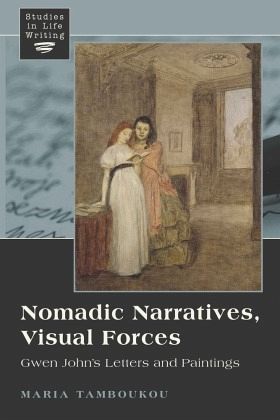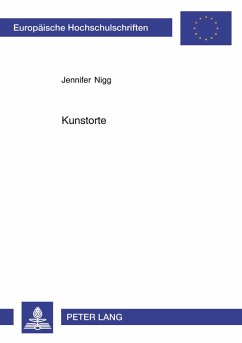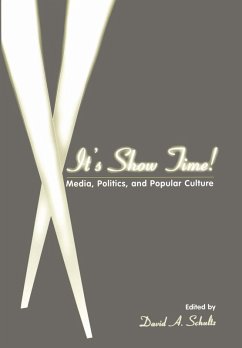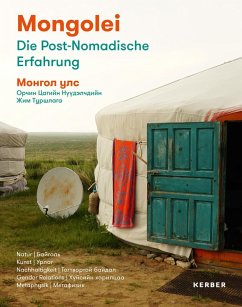
Nomadic Narratives, Visual Forces
Gwen John's Letters and Paintings

PAYBACK Punkte
0 °P sammeln!
Nomadic Narratives, Visual Forces explores issues, questions, and problems emerging in the analysis of epistolary and visual narratives. This book focuses in particular on Gwen John's letters and paintings. It offers an innovative theoretical approach to narrative analysis by drawing on Foucault's theory of power, Deleuze and Guattari's analytics of desire, and Cavarero's concept of the narratable self. Furthermore, it examines the use of letters as documents of life in narrative research and highlights the dynamics of spatiality in the constitution of the female self in art. This study brings...
Nomadic Narratives, Visual Forces explores issues, questions, and problems emerging in the analysis of epistolary and visual narratives. This book focuses in particular on Gwen John's letters and paintings. It offers an innovative theoretical approach to narrative analysis by drawing on Foucault's theory of power, Deleuze and Guattari's analytics of desire, and Cavarero's concept of the narratable self. Furthermore, it examines the use of letters as documents of life in narrative research and highlights the dynamics of spatiality in the constitution of the female self in art. This study brings together theoretical insights that emerge from the analysis of life documents - some of them previously unpublished - combining innovative research with specific methodological suggestions on doing narrative analysis.














